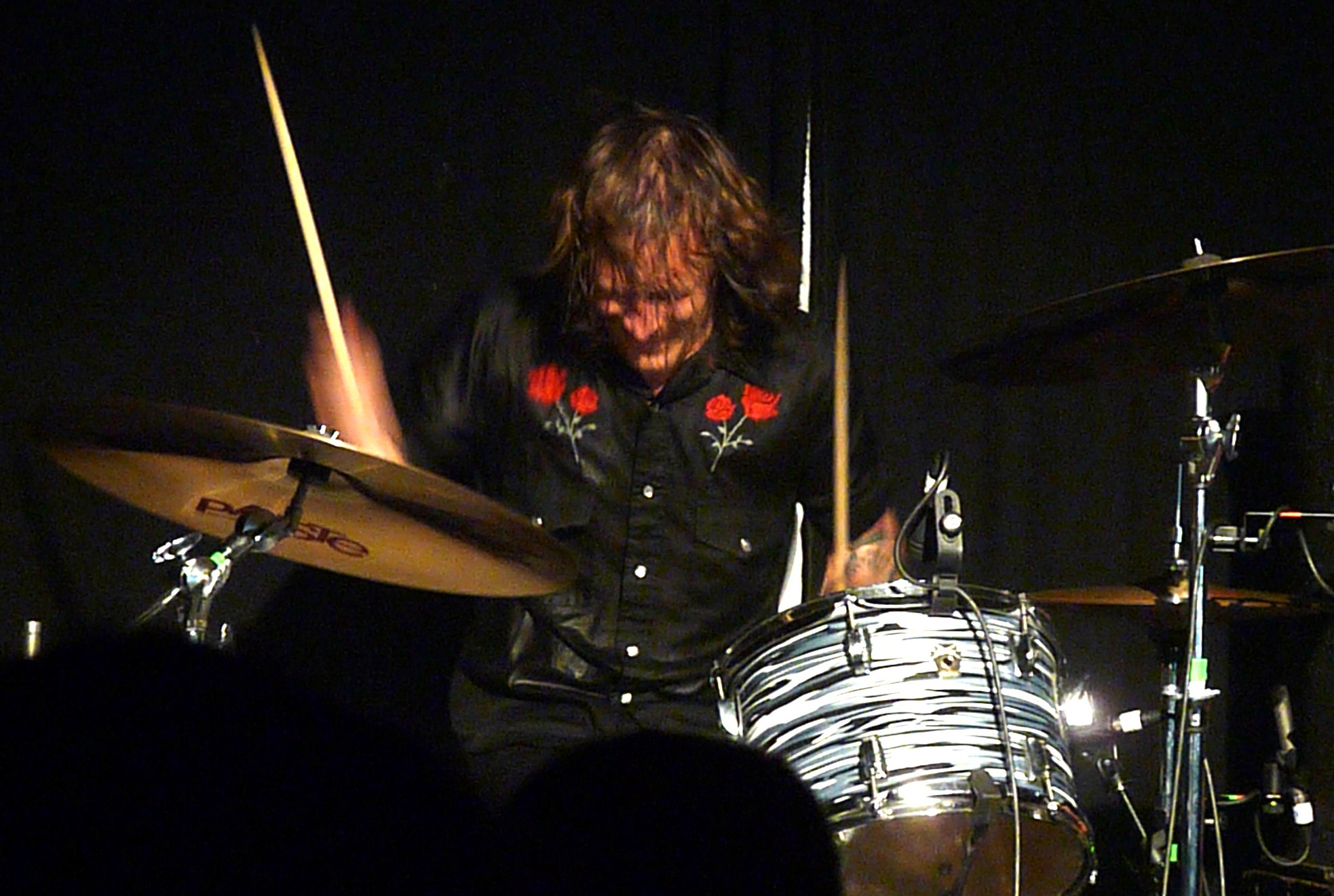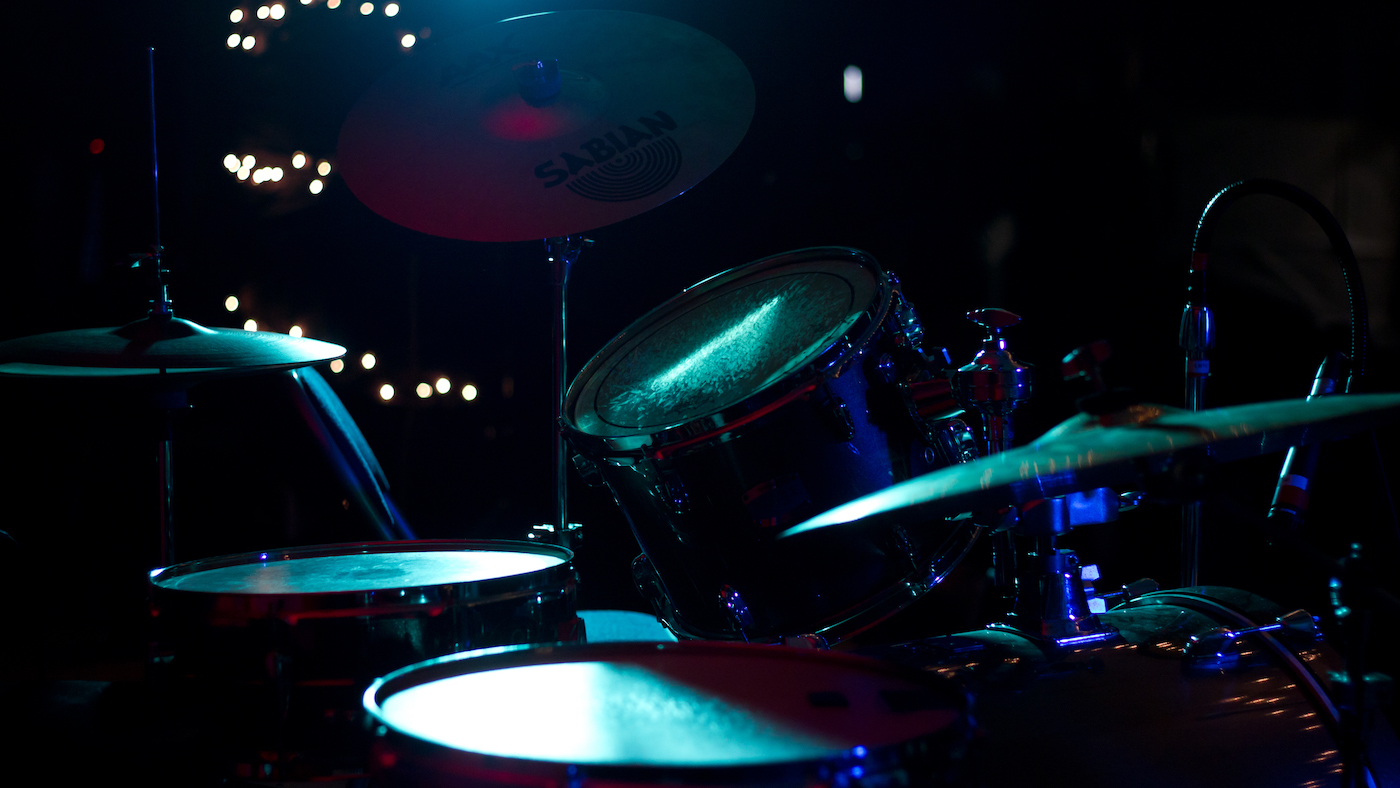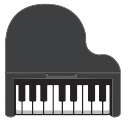How to play drums: advices
Develop coordination of movements
Do study rudiments for a snare drum. The basic “single shot” and “double shot” are absolutely necessary parts of the game of any drummer. The single fraction differs from the double one in that in a single you deal each subsequent blow, changing your hand and making a new swing, and in the double – you give the stick to bounce off the plastic and make two hits in one swing.
The game of deuces allows the drummers to develop a huge speed and play incredible drawings. All the main drawings using single strokes, twos, triples and fours are set out for the book “26 basic American rudiments”.

Learn to play with two legs. It can cause difficulties and make you break your head, but playing drums means learning constantly something new. Instead of alternating single strikes, try to make two, three or four kicks, while performing another drawing with your hands.
In doing so, do not forget to count the 8th notes and play the left foot on the hi-hat on the 4th or 8th weak parts. To play as part of a standard rock beat, play 2 and 4 on the drum. At the same time, lead the rhythm with the right hand to the ridge with the 8-note notes, if there is no ride – play the hoop of the snare drum.
Use your right foot to play the bass drum. Experiment with the bass drum pattern while holding the rhythm with all the rest of the body. That’s where all the fun begins. But do not worry, if it did not happen, over time it will become simple and familiar. This is a matter of coordination of movements and the ability to play with your own limb your drawing. Unfortunately, there is no quick way to learn this. Just concentrate and do it. Sometimes it helps to play separately the non-resulting part of the game.
Learn more complex rhythms
Learn how to play triplets. To learn how to play the fourth triplet, you need to build on the second notes. Read 1-tri-ol on every second note. For eighth triplets, everything is the same: three notes are counted on every fourth note.
The triplets are not so often used in rock beats, but they are an excellent tool in the fillings and are often found in scores for school orchestras. A triplet is when you play 3 notes instead of 2x. You can play the 4 th, 8 th, 16 th and 32 th trioli.
There are many excellent sounding trio drawings with 8 notes. It is necessary to consider “[One-three-ol] [Two-tri-ol] [Three-tri-ol] [Four-tri-ol]” or in any other suitable way. Play this drawing with a metronome, playing each count per click and mentally dividing each score into 3 parts.
Learn how to play the 16th note. Such notes you already played when you played the hi-hat exercise. They are considered “[1-yes-and-yes] [2-yes-and-yes] [3-yes-and-yes] [4-yes-and-yes]”
The 16th triplets are [l-tri-ol-i-tri-ol] [2-tri-ol-i-tri-ol] [3-tri-ol-i-tri-ol] [4-tri-ol-i Tri-ol]
We count 32e: “[1-yes-and-yes-Yes-and-yes] [2-yes-and-yes-And-yes-and-yes] [3-yes-and-yes-Yes -and-yes] [4-yes-and-yes-And-yes-and-yes]

You can play 32th trioli, but the complex structure of sub-divisions makes it very difficult to speak out loud. If you want to hear how the 32th triplets sound, listen to the song “Hey Joe” by Jimmy Hendrix. This is a very difficult size for the game, since it requires the ability to play very quickly, allocating accents to the installation and remaining in time so as not to get off the main rhythm.
Remember: each subdistribution has its place in time, and strong shares must clearly coincide with the click of the metronome. Playing in the metronome the fourth share, you will not have difficulty with the pronunciation of the score when you move to higher tempos.
Pauses mean that no instrument plays this unit of time. Listen to your favorite song and count the 16th or 8th notes, during many transitions or fillings you will find places where no instrument plays – these are pauses.
Learn to feel different sub-divisions and pauses, playing only on a small drum. One of the tasks in this exercise will be to strike the same strength with both hands. Accented beats should sound louder than normal, regardless of whether you play them with your right or left hand.
An accentuated blow, this is a boa, which sounds louder than a conventional shot in fractions, sometimes it is performed with a touch of the rim of the snare drum – a romchot. Accent adds to the dynamics. In musical notation, accents are denoted by the mathematical sign “more” (>).
